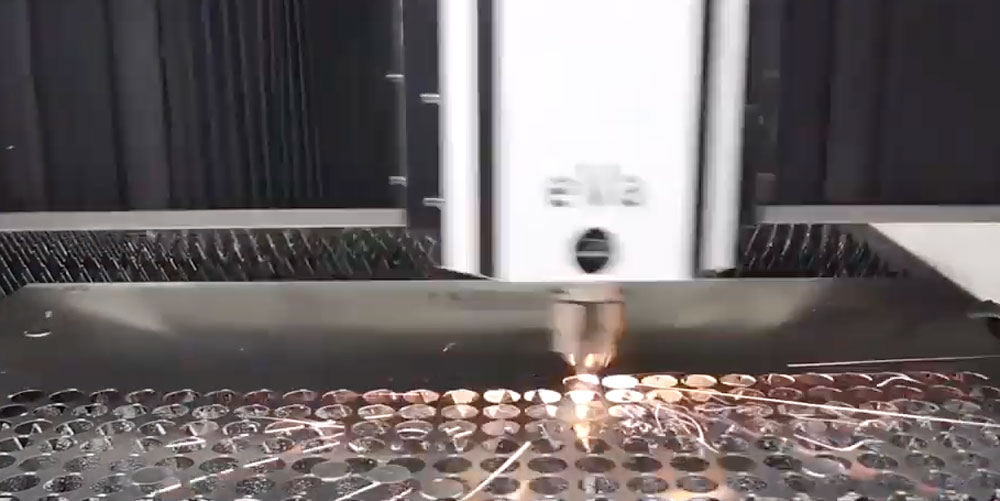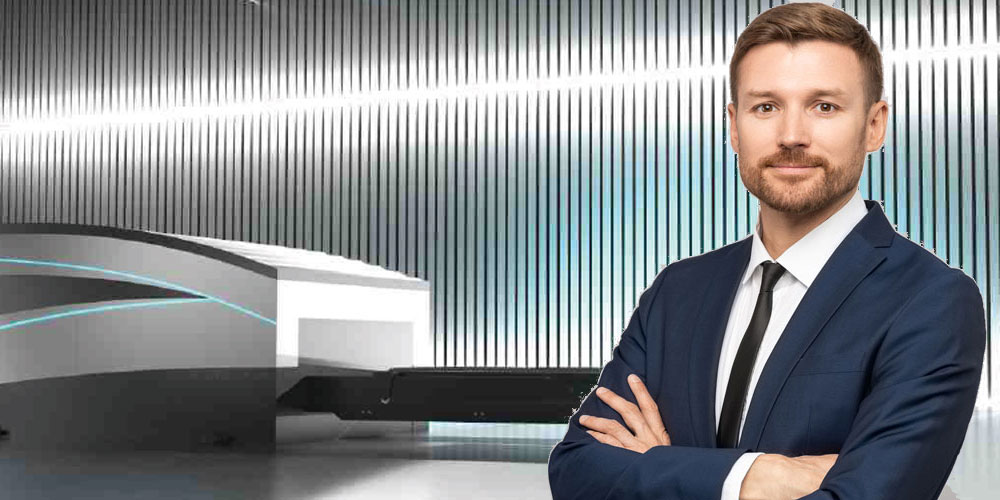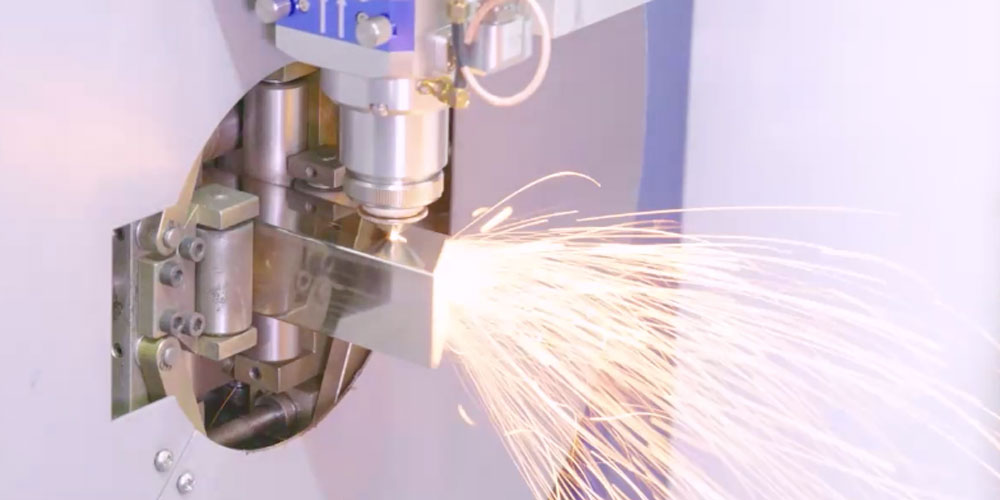
Fiber lasers are the way of the future for metal fabrication. They slash operating costs and cut down on processing time with faster piercing and cutting speed making a positive impact on your fabrication shop’s bottom line. Even more exciting; they also have almost no limit to their power.
Solid state resonators have the capacity to produce power levels virtually unimaginable with CO2 which can mean great things for the metal fabrication industry. Increased power reduces the need for oxygen as an accelerant and increases cut speed. This translates to higher productivity on the shop floor, more parts per hour, and higher profits for fabricators.
What’s the catch?
While fiber lasers have the ability for incredible power output one limiting factor is the laser head. The head is where the laser power is focused into a beam and delivered to cut materials. While there are design challenges inherent to producing more output from a diode-pumped resonator the technology required to adapt it to metal-cutting is related to the head.
The solid state of affairs
In metal-cutting all new product development points to increasing the power output of fiber lasers. The race is on to develop ways to deliver more power. As of today 6000W is a standard. It has been available for several years and is proven technology. More recently an 8000W fiber laser has been developed and is being adopted in fabrication shops. Manufacturers are becoming increasingly interested in creating fiber lasers with upwards of 20,000W of power. We’re not there yet, but we’re getting close!
Fiber Laser with 12,000W resonator is already out!
Just unveiled this October at Euro Blech 2016 in Hannover, Germany, this 12,000W fiber laser is revolutionary. A first in the industry Eagle Fiber Laser is the only company with machines this powerful.
What does this mean for metal fabrication?
As mentioned above more power means faster cutting speeds and more productivity – but how much? For example, a 2000W resonator will cut 16 GA mild steel at a rate of over 400 IPM and a 6000W resonator will cut the same material at 1300 IPM. The 12000W resonator has the potential to cut this material at 2600 IPM! Switching to a machine this powerful could mean your fabrication shop is able to process more than double the amount of parts in a day. That’s powerful stuff!
This level of power is the next frontier of fiber lasers. Are you ready for it?
See the Eagle Fiber Laser in action.













Comments
Add Comment